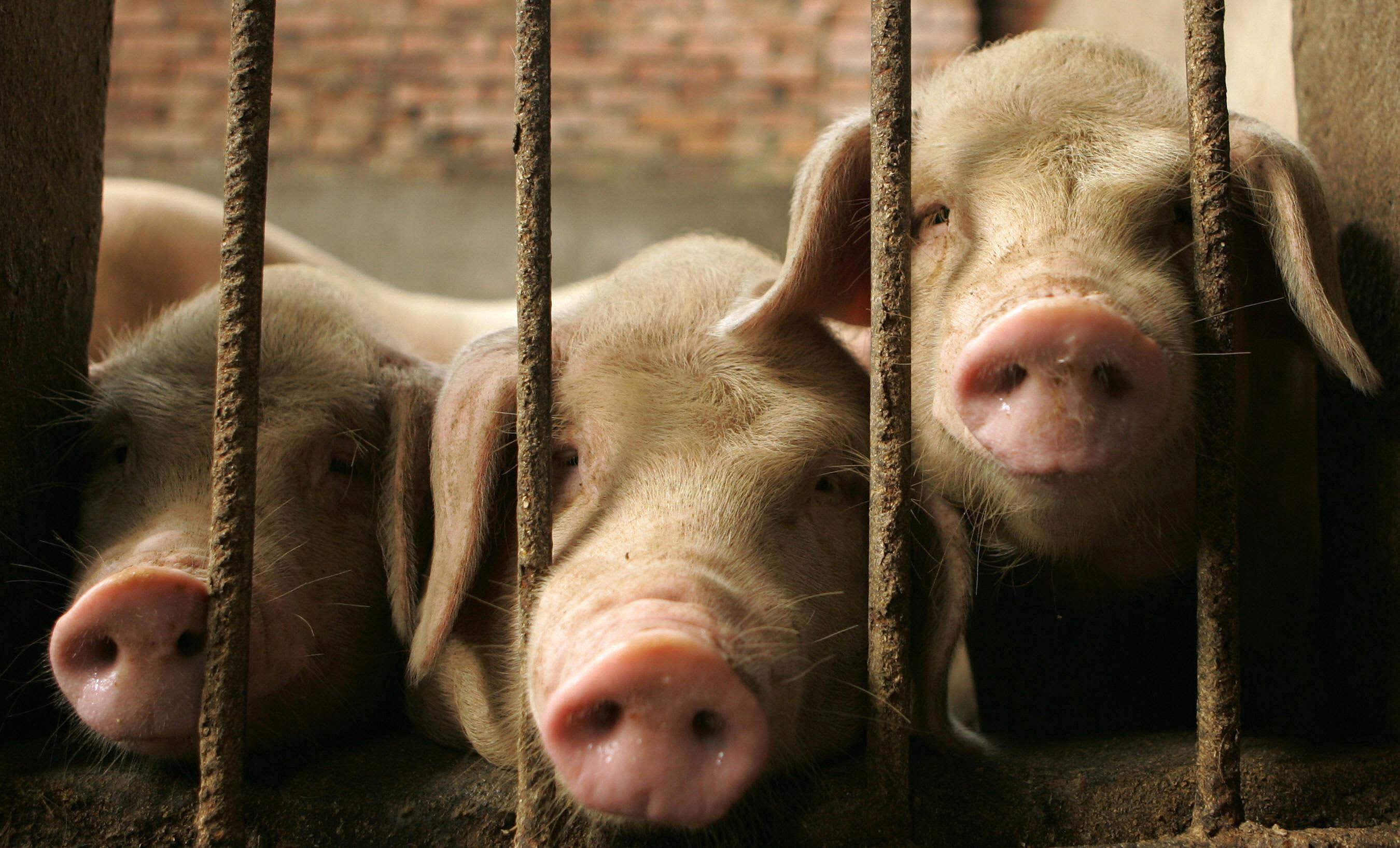Hits: 17

Pigs in their pen at a farm on the outskirts of Chengdu in China’s south west Sichuan province, on August 2, 2005.
Peter Parks | AFP | Getty Images
China’s producer prices fell the most in more than three years in October, as the manufacturing sector weakened on declining demand and a knock from the Sino-U.S. tariff war, reinforcing the case for Beijing to keep the stimulus coming.
The producer price index (PPI), seen as a key indicator of corporate profitability, fell 1.6% in October from a year earlier, marking the steepest decline since July 2016, National Bureau of Statistics (NBS) data showed on Saturday. Analysts had tipped a contraction of 1.5% for the PPI.
In contrast, China’s consumer prices rose at their fastest pace in almost eight years, driven mostly by a surge in pork prices as African swine fever ravaged the country’s hog herds.
Some analysts say the CPI rise could become a concern for policymakers looking to introduce measures to prop up demand.
However, core inflation — which excludes food and energy prices — pressures remain modest.
The factory deflation aligns with other indicators showing shrinking manufacturing activity in October, with the official Purchasing Managers’ Index (PMI) indicating contraction for a sixth straight month.
While Washington and Beijing work on finalizing the first part of a phased trade agreement, many analysts are wary of the potential back and forth after the sudden collapse of earlier talks in May. Chinese manufacturers, meanwhile, are expected to face continued pressure from existing tariffs.
More U.S. tariffs against China are set to take effect on Dec. 15, although officials from both China and the United States said this week they have agreed to roll back tariffs on each others’ goods if a “phase one” trade deal is completed.
On Friday, though, President Donald Trump said he has not agreed to the rollbacks sought by China.
The more than year-long trade war has cost China $35 billion as the United States has cut down on Chinese imports, driving up prices for American consumers, according to a U.N. study published on Tuesday.
China for the first time since 2016 cut the interest rate in its one-year medium lending facility (MLF) loans. The Chinese authorities, though, have been relatively restrained in providing stimulus measures and the cut was by only 5 basis points.
But surging consumer inflation is adding to the headaches of policymakers who are racing the calendar to meet Beijing’s annual growth target as the world’s second largest economy slows to the lower end of a 6%-6.5% range for 2019.
October’s consumer price index (CPI) rose 3.8% year-on-year, the most since January 2012 and beating analysts’ expectations for 3.3% rate.
The rise was driven largely by a steep climb in pork prices and other meats after African swine fever killed a large portion of China’s pigs. Pork prices more than doubled year-on-year in October, according to the stats bureau.
“Although we expect the People’s Bank of China (PBOC) to maintain its easing policy stance, we believe there is elevated risk of a wage-price spiral amid surging pork prices and the spillover effects to other food prices,” analysts at Nomura wrote in a note on Nov. 1.
“Thus the PBOC could potentially become more reluctant to deliver high-profile policy stimulus in coming quarters to avoid fueling inflation expectations,” the analysts said.
Be the first to comment